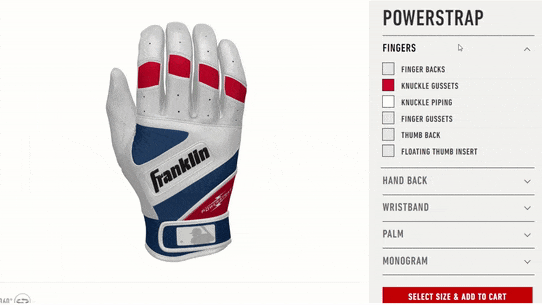
In the modern product design field, companies that put their customers first attract a more loyal following of repeat buyers. After all, the designers are consumers too, so they should be able to relate to the frustration of buying a product that does not work as well as it was advertised. The proof of a good customer-centric product design is in the pudding – or rather, in your customers’ enjoyment when using your products.
Although many companies design their digital ecosystems to improve user experiences, the same rules should apply to their product teams. In this post, we’ll take a closer look at what customer-centric product design is, discuss why it matters, and show you examples of brands using customer-centricity effectively.
The wants and needs expressed by customers lie at the heart of customer-centricity. Often, these desires stem from frustrations with a particular product design. If a product irritates your customers, you can be sure they’ll start looking for better options almost immediately.
Designers usually concentrate their focus on the functionality of their products. For a product to succeed, you need to rethink your approach and follow customer-centric design principles.
The core design principles that help make a product customer-centric are:
The three elements above depend on your brand’s ability to communicate effectively with customers. Each interaction is a valuable data point, whether it comes from customer support, marketing, sales, or analytics. These data points will help you uncover and understand the frustrations of your customers.
Samsung’s TV Frame technology provides a great example of successful communication between a company and its customers. Flat-screen TVs are now common in homes around the globe. In particular, Samsung’s products are innovative, unique, and provide excellent video quality. One way this company increased revenue and added value to each customer’s experience was by showing art on their TV screens whenever they’re not in use.
This feature turns a wall-mounted TV into a dynamic art piece that matches a customer’s mood. TV frames designed to look like gallery frames with a rotating collection of world-class art allow customers to integrate their entertainment unit into their home décor. In addition, these TVs come with added computing power that allows them to double as large PCs. By reframing the concept of a TV with the needs of their customers, Samsung developed a truly customer-centric product that redefines the home-entertainment experience.
Customers’ tastes evolve as technology evolves. When you build a customer-centric design culture, the ability to remain competitive is just one of many benefits. In the example above, it’s clear that Samsung isn’t just thinking outside of the box: they’re ripping the box apart and putting it back together in an entirely new way.
By doing so, the company benefits from:
Customer-centric design strategies are a systematic approach that uses customer feedback to inform future designs. It’s not just about meeting the customers’ needs. It's also about innovating and looking for ways to add value to your products using customer feedback. The four tips below can help you establish a customer-centric product design process for your brand.
Getting to know your customers is the first and most important step to designing products that provide superior experiences. However, it isn’t an easy feat to listen to customers and build a feedback loop between them, your engineers, sales teams, and usability designers. You’ll need to develop feedback channels and communication processes that can harness data and inform product decisions.
After gathering specific data, you’ll need to analyze the feedback and develop a roadmap for new product iterations that address all of your customers’ needs. This roadmap should focus on the customer-centric design principles mentioned above, including understanding necessity, reducing complexity, and adding value.
Customer centricity should inform every design iteration. Put simply, customer centricity refers to your ability to understand the customer’s situation, gain insight into their perceptions, and anticipate their expectations. For each design iteration, take a fresh look at the product from these perspectives. Then, test your iterations to find the optimal design.
Lastly, consider how product personalization and customization can make your products infinitely more customer centric. Many consumers today expect personalization during their shopping experiences and customizable options for the products they buy. A product personalization platform lets your customers co-create products online to match their personalities. Product personalization will increase conversions, boost engagement, and give you additional feedback based on your customers’ choices.
Consider Franklin Sports as an example of how product customization can make products more customer centric. The brand offers countless customization options for three of its iconic batting gloves. This allows baseball fanatics to design personalized batting gloves to match their favorite team colors or simply express their personal style. And the results prove it works. After launching product customization, Franklin increased brand loyalty by 45% and AOV by 30%.

Via Franklin Sports
ConfigureID’s product personalization platform enables many of today’s top retail brands to create more customer-centric products that engage and convert more shoppers.
With an intuitive user interface, photorealistic 3D visualization, and sophisticated configuration logic, your customers can build a unique product on any of your digital platforms.
By providing customers with premium product personalization options, you’ll achieve a more user-centered design environment for your products, boosting both loyalty and revenue.
To see ConfigureID in action and find out how the platform can help you build a customer-centric product design environment, book a demo today.